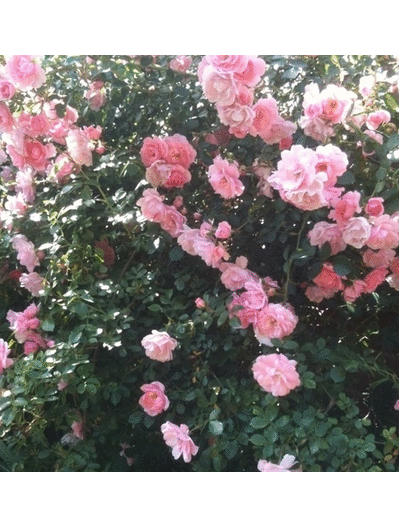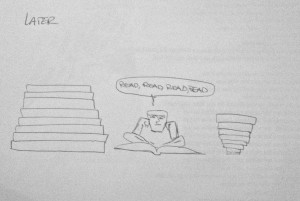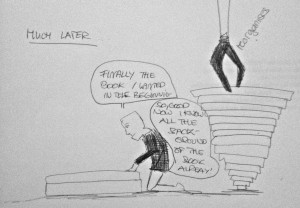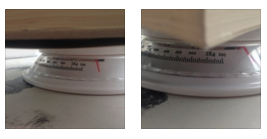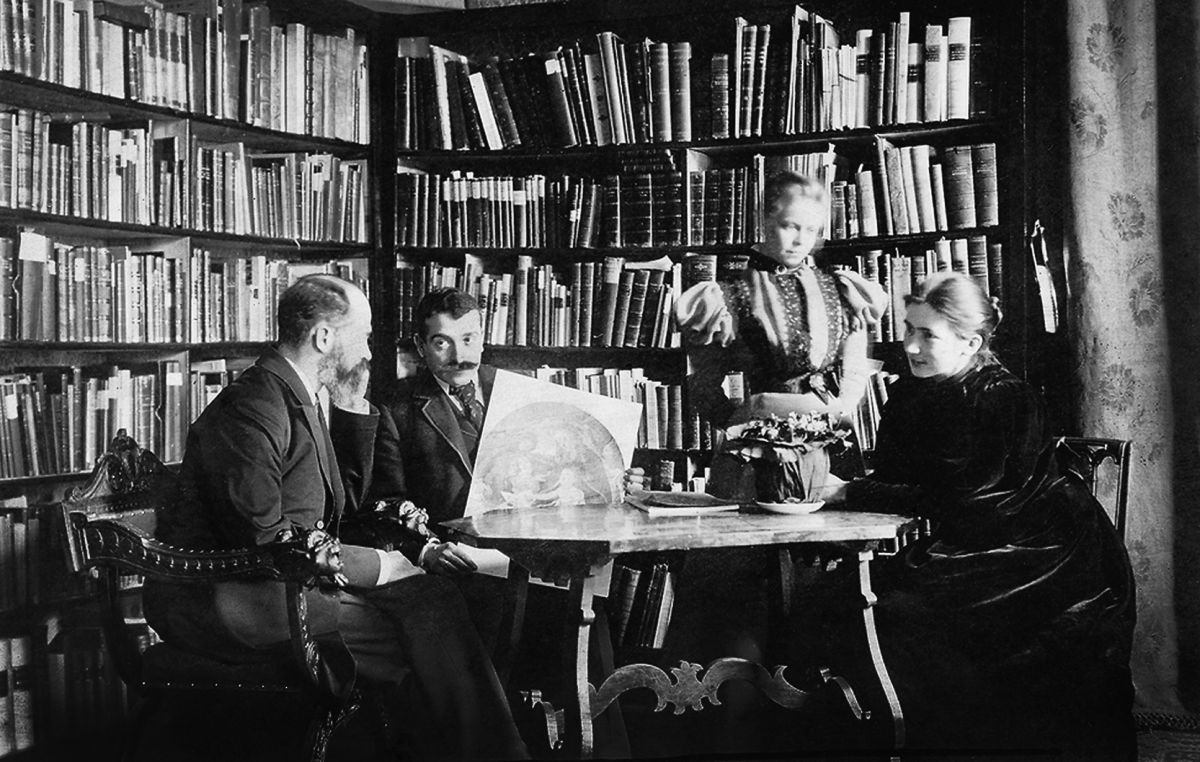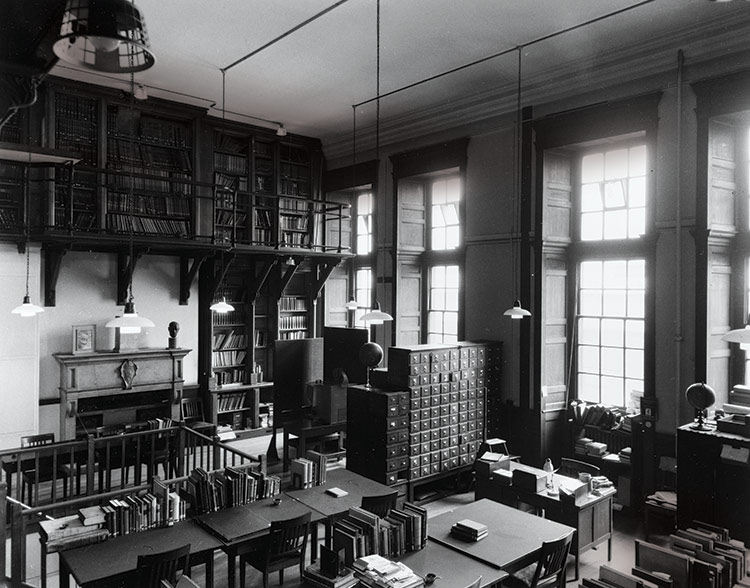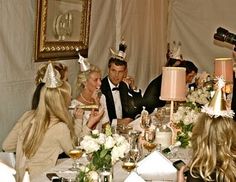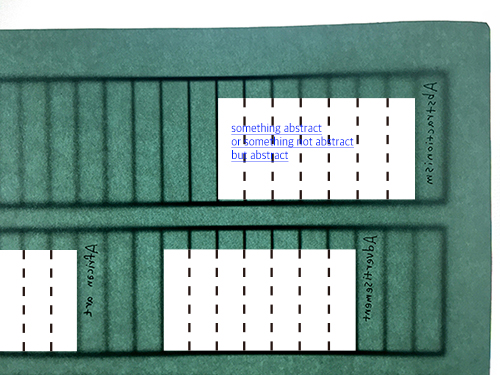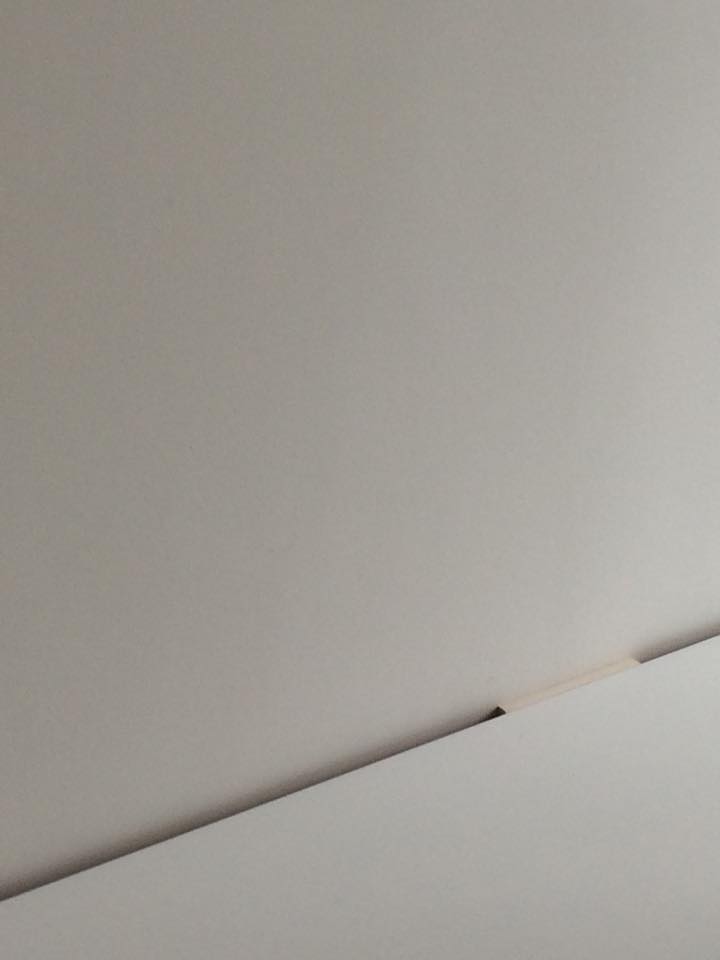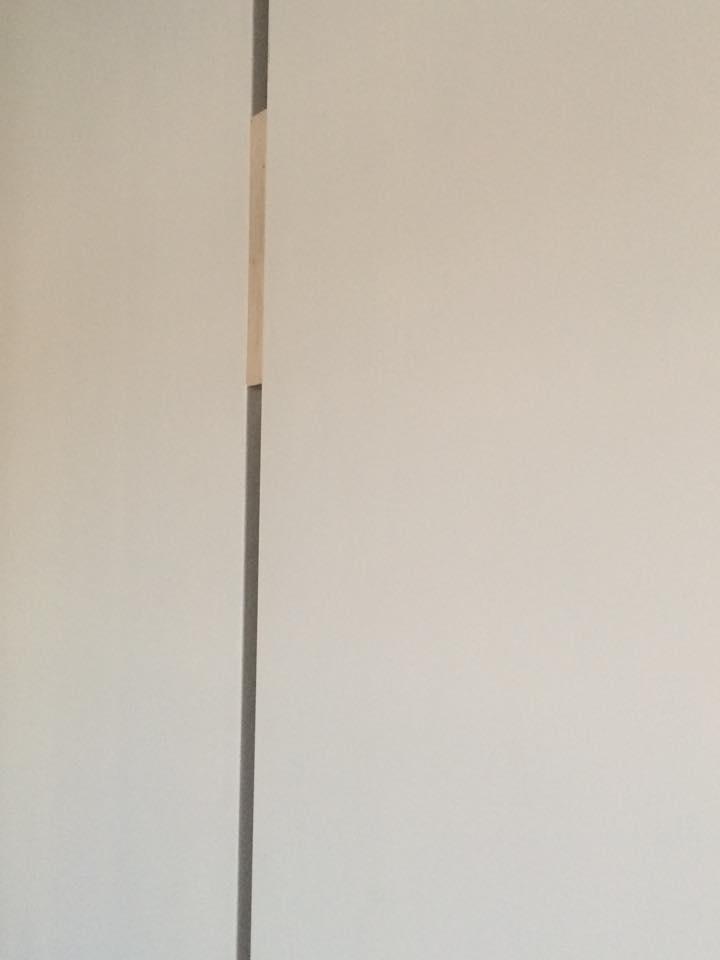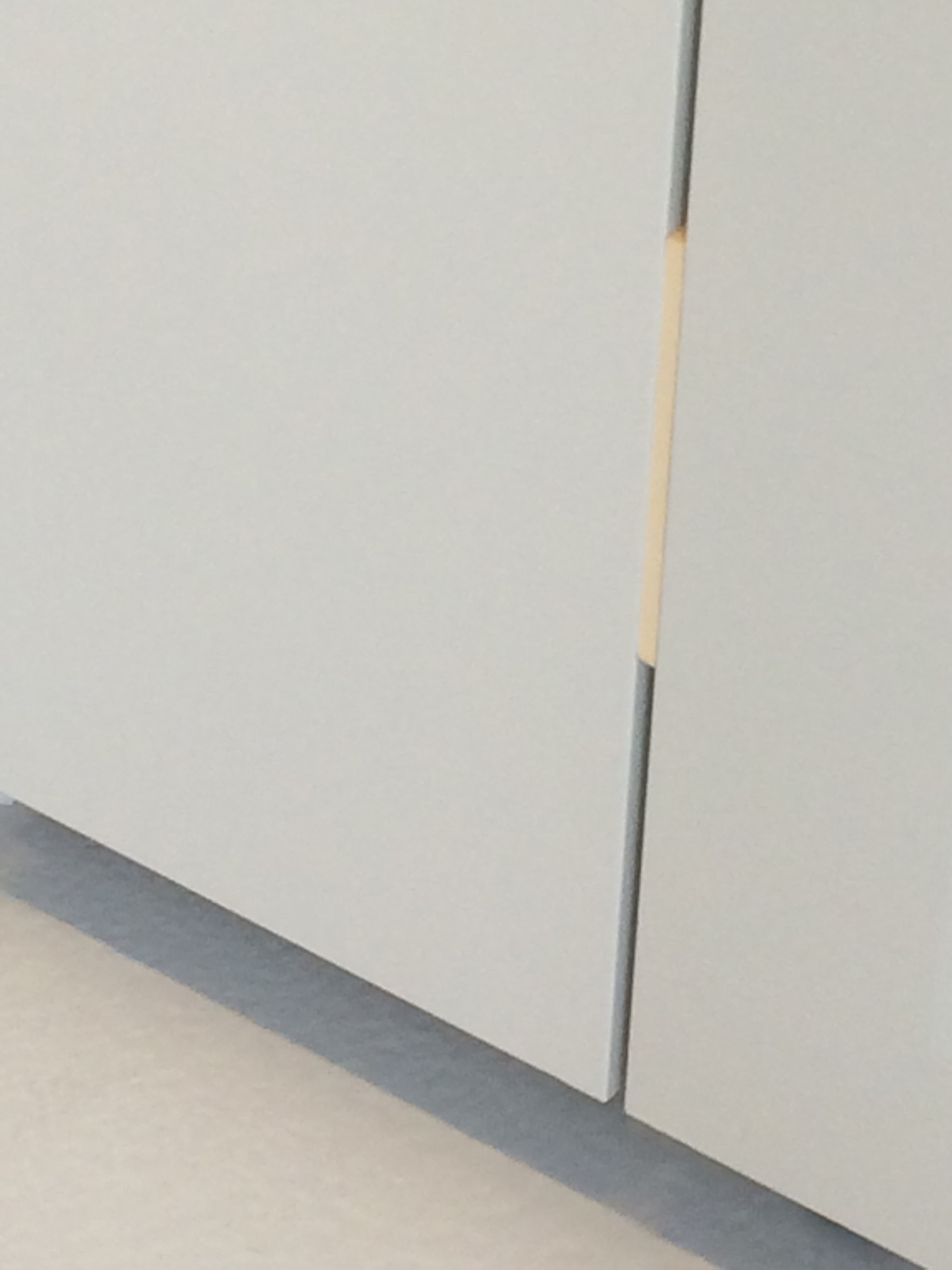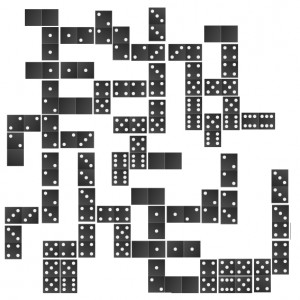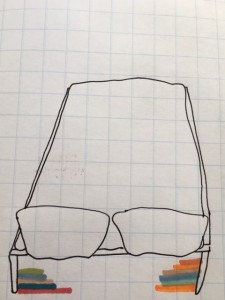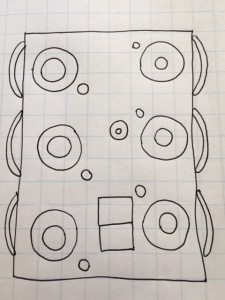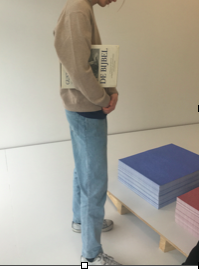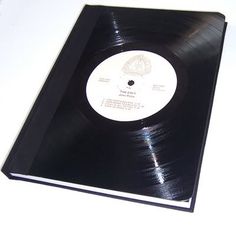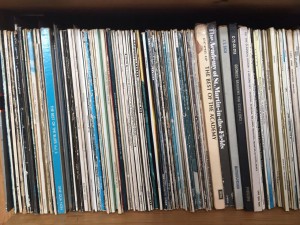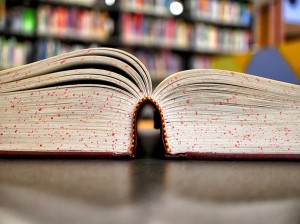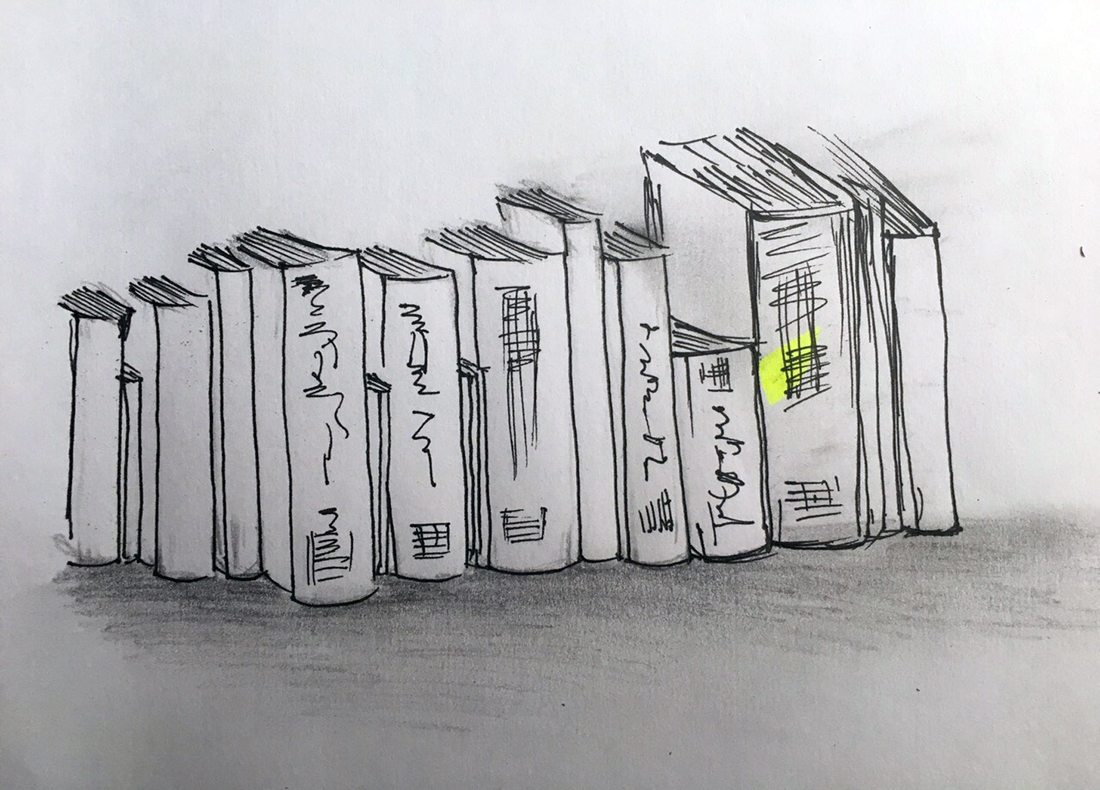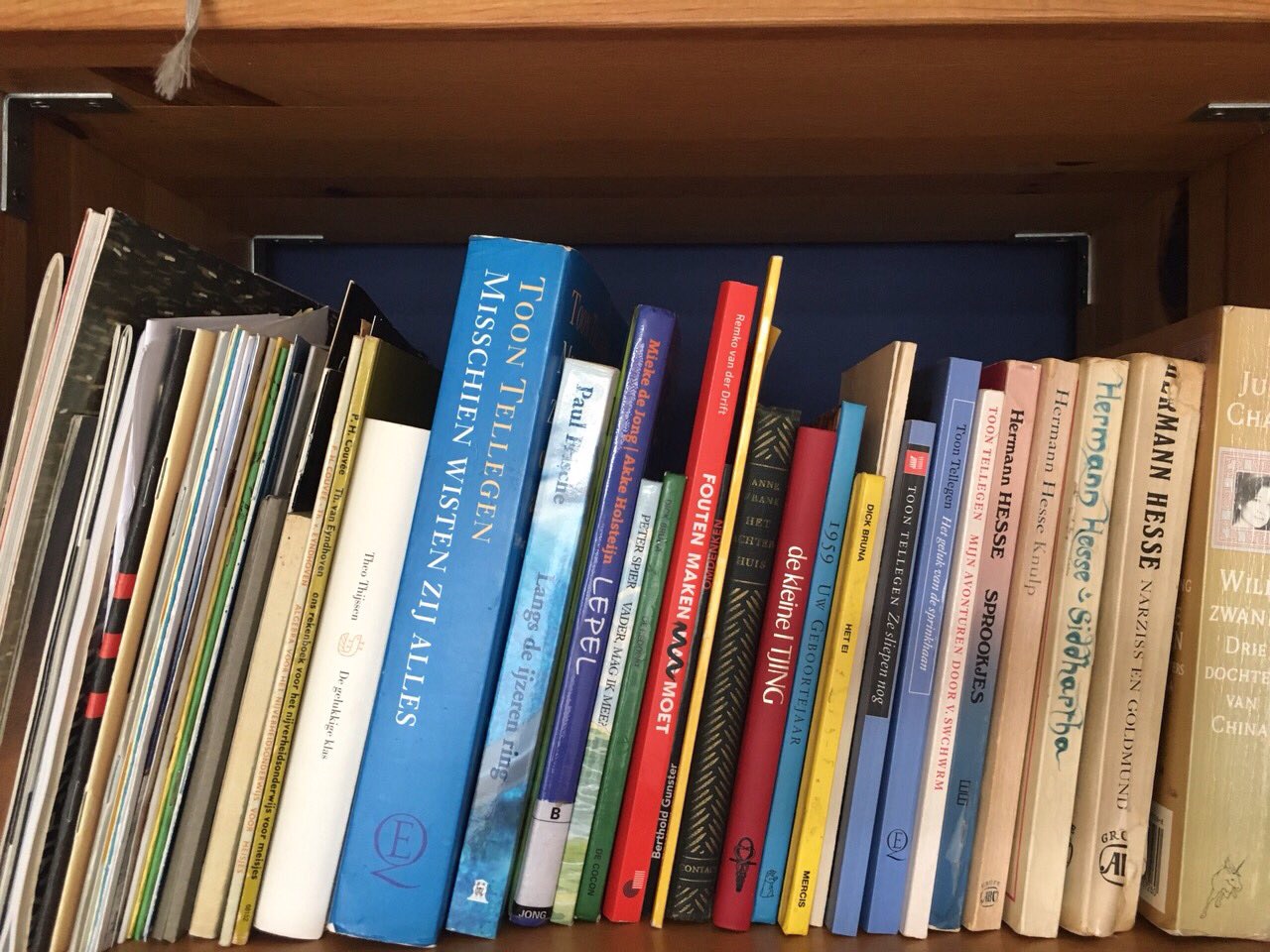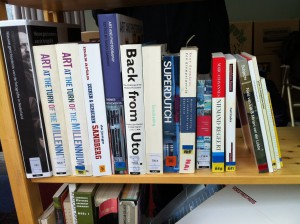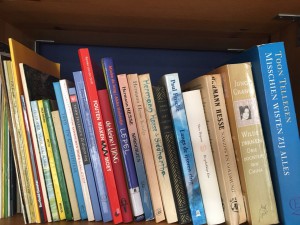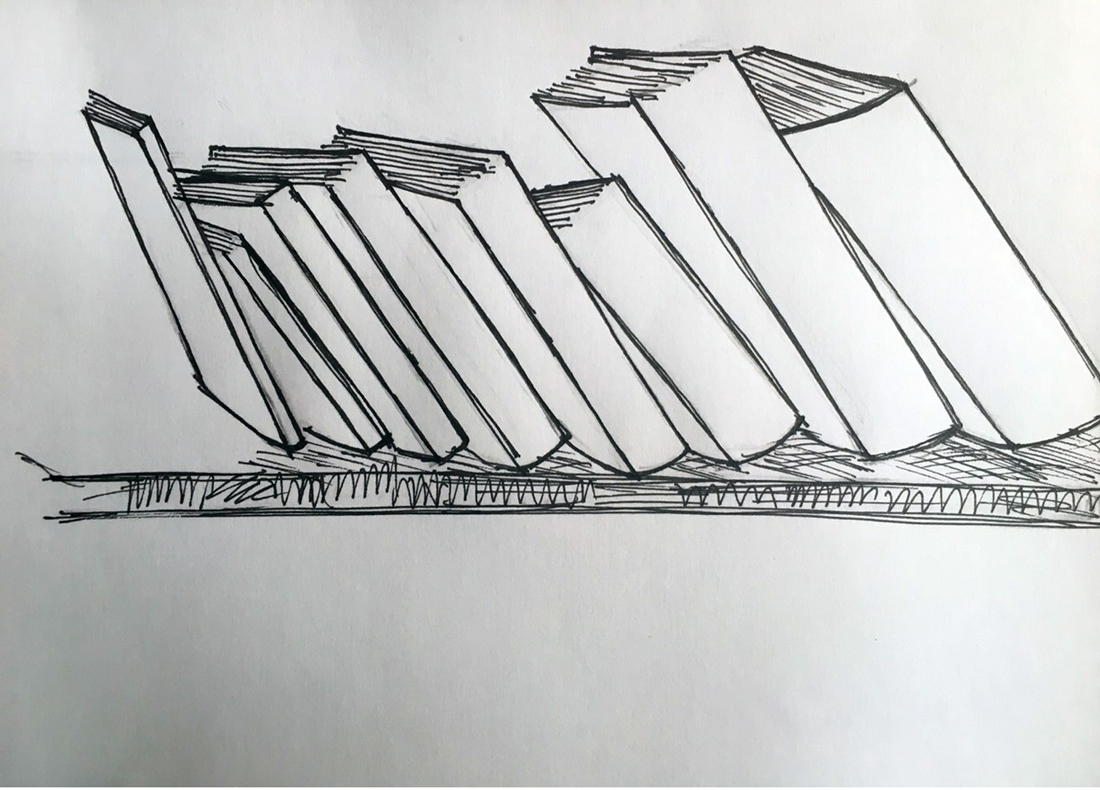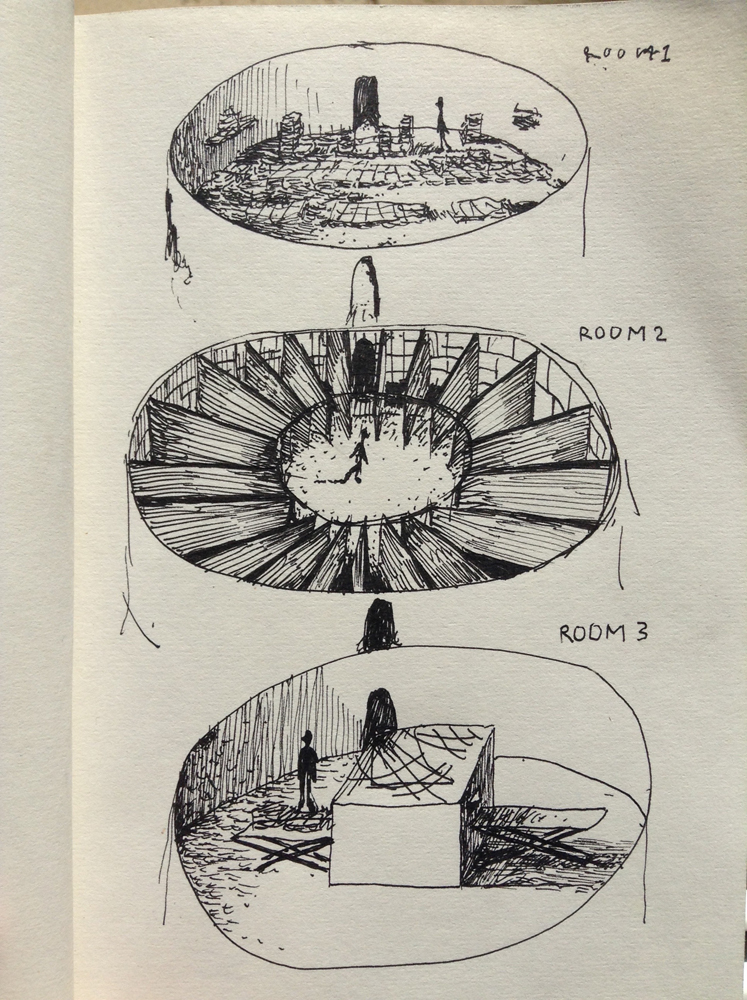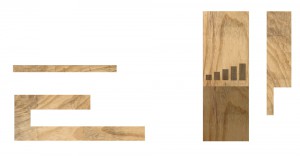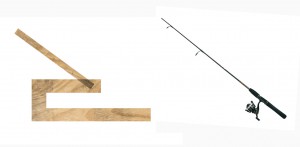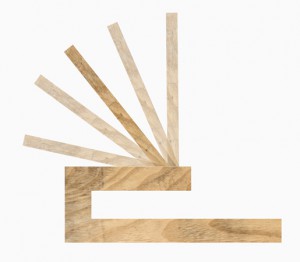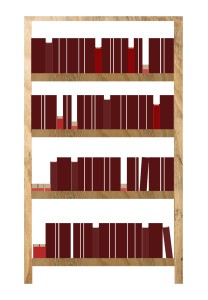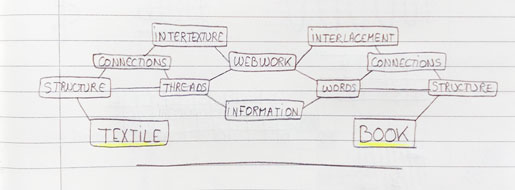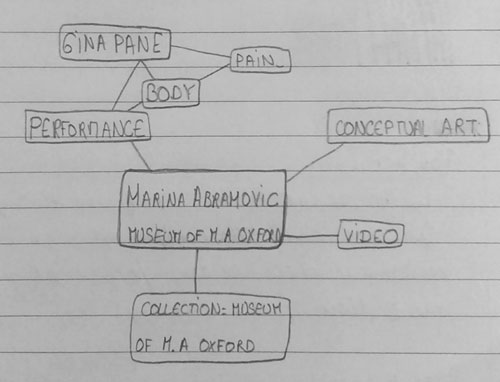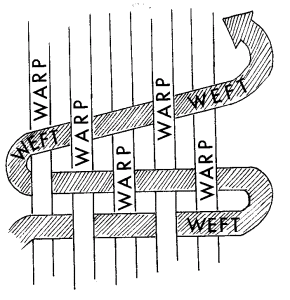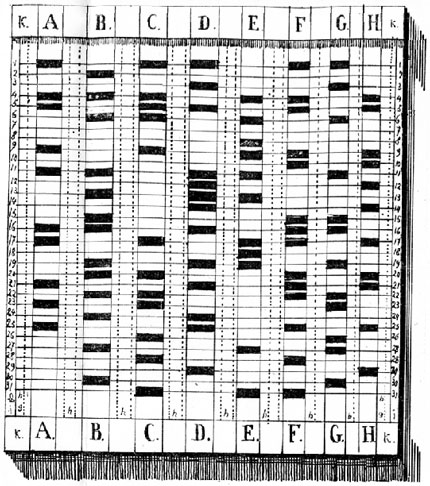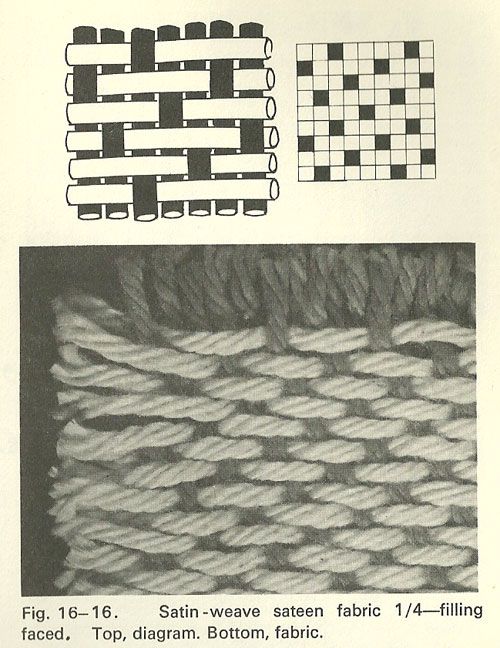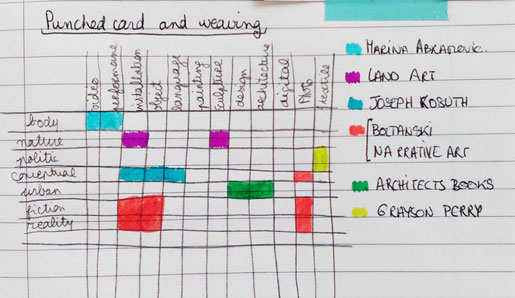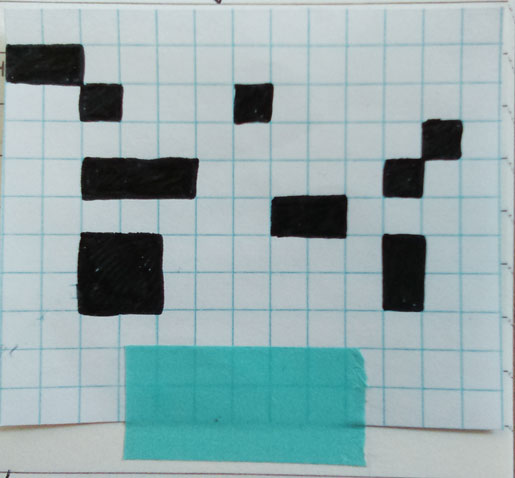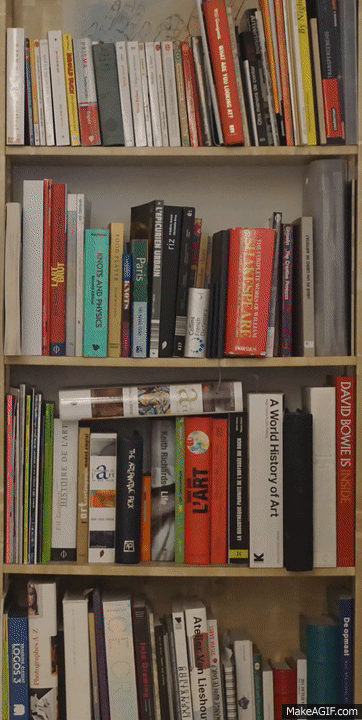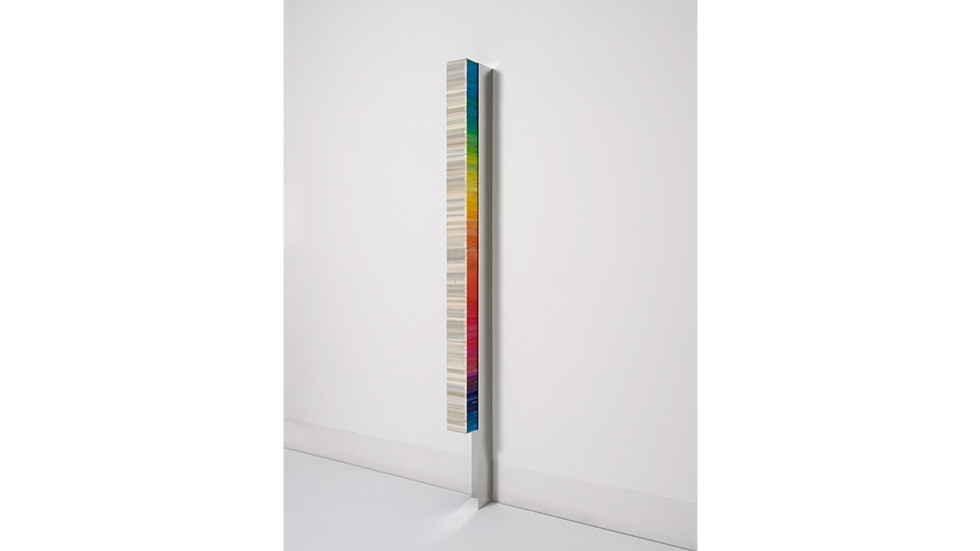“BLOEIENDE-BOEKEN”©
Dit is “de handleiding” om uw boeken tot bloei te krijgen.
Heeft u wel eens als u een boek gaat lezen en door de bladzijdes bladert dat uw reukvermogen de overhand neemt op de inhoud van het boek. Dan is het “bloeiende-boeken systeem”© iets voor u. Als u zich irriteert aan de geur van het boek en u zich niet kan concentreren of als u het boek lekker vindt ruiken en u door de geur een fantastisch gevoel krijgt dan is in beide gevallen “bloeiende-boeken”© iets voor u!
Als u zich irriteert aan de geur van het boek en u zich niet kan concentreren of als u het boek lekker vindt ruiken en u door de geur een fantastisch gevoel krijgt dan is in beide gevallen “bloeiende-boeken”© iets voor u!
Deze handleiding geeft u inzicht hoe u uw boeken in huis kan sorteren op geur. Ook als u de geur moeilijk te beschrijven vindt zout, zoet, zuur, kruidig of gewoon lekker of vies dan is te zeggen dat de geur van persoon tot persoon kan verschillen. De geur beleving is bij elke persoon anders. Deze handleiding is voor elke geur-beleving te gebruiken en het geeft de garantie op een geurend en daarmee een “bloeiende- boeken”© systeem .
In ieder huis heb je andere geuren en deze kunnen met het “bloeiende- boeken”© systeem gesorteerd worden. Oude of nieuwe boeken het maakt niet uit. Het is de geur die de sortering bepaalt. “Bloeiende -boeken”© is ontwikkeld voor mensen die afhankelijk van hun stemming een boek kunnen pakken en dan uitsluitend op de geur willen letten. De man achter het idee is prof. dr. Koster, zoals hij vertelt op een boeken/rommelmarkt liep en geinspireerd raakte door de vele geuren die door de vele verschillende boeken op hem afkwamen. Hij besefte toen dat ieder boek een eigen geur had en vele boeken ook weer een gemeenschappelijke hadden. Prof. dr. Koster dacht hier over na en wist de boeken op hun geur te ordenen en hij ontwierp hierop het “ bloeiende-boeken” © systeem. Boeken komen tot bloei door de objecten om hen heen. Ook was hij van mening dat boeken de objecten kunnen beïnvloeden. Na het ordenen van boeken in uw huis op diverse locaties, welke locaties associatie hebben of kunnen krijgen van de geur van het gekozen boek. Met het “bloeiende-boeken”© systeem komen uw boeken beter tot hun recht. Het boeken systeem is snel en makkelijk thuis uit te voeren. U kunt dit natuurlijk zelf doen in een paar stappen en om u het gemakkelijker te maken bij het inrichten van het systeem hebben wij een handige gids te koop op bloeiende-boeken.nl
Vandaag besteld is morgen in huis.Om u te interesseren voor het “bloeiende-boeken”© systeem hoeft u slechts aan het boek wat u aan het lezen bent of het laatst gelezen hebt te ruiken op de volgende wijze. U bladert in het boek (dit moment is erg cruciaal, want dan wordt door uw reukvermogen de geur van het boek bepaald). Is het boek zoetig, zoutig, kruidig of gewoon lekker of vies. Alle geuren kunnen uw voorkeur hebben en u bent in staat uw boeken volgens het bloeiende-boekensysteem in te delen. Als u geen geur ruikt en het boek neutraal op u overkomt dan kiest u een geur die u het boek zou willen geven.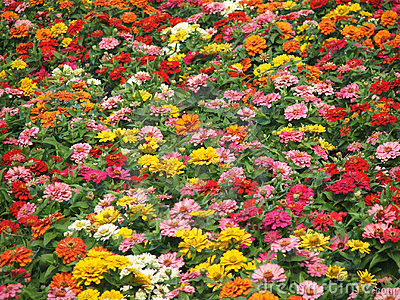 Ook dan is het “bloeiende-boeken”© systeem echt iets voor u. Hierna kunt u uw boekenkast met nieuwe en 2e of 3e hands boeken volgens het bloeiende-boekensysteem blijven aanvullen. Zo zal na het plaatsen van de boeken bij de objecten en locaties een “bloeiende-boeken”© systeem bij u in huis ontstaan. Schaf vandaag de handleiding nog aan en beleef morgen het effect op uw zintuig en ordening van het “bloeiende-boeken”© systeem.
Ook dan is het “bloeiende-boeken”© systeem echt iets voor u. Hierna kunt u uw boekenkast met nieuwe en 2e of 3e hands boeken volgens het bloeiende-boekensysteem blijven aanvullen. Zo zal na het plaatsen van de boeken bij de objecten en locaties een “bloeiende-boeken”© systeem bij u in huis ontstaan. Schaf vandaag de handleiding nog aan en beleef morgen het effect op uw zintuig en ordening van het “bloeiende-boeken”© systeem.
